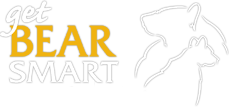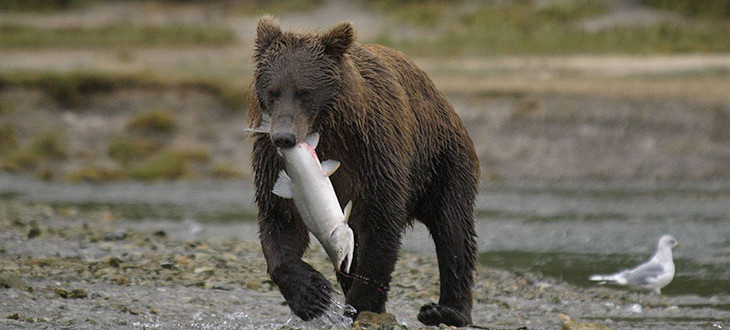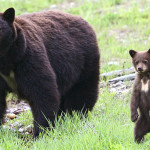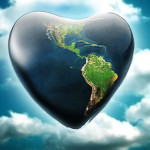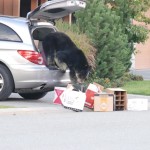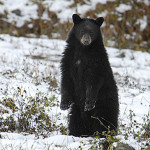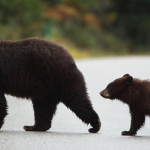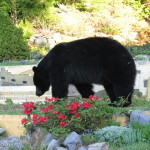Salmon, Bears, Trees, and the Web of Life
Pacific salmon are weaved into the rich tapestry of coastal B.C. culture and heritage.
While local waterways in and around Whistler are void of salmon runs due to natural fish barriers such as waterfalls and tight canyons, Pemberton and Squamish waterways team with salmon nearing the end of their life cycle in the fall. These salmon feed bears and many other species and provide a substantial influx of nutrients to local streams, rivers, and adjacent forests. Science has the ability to sample these nutrients and determine if they come from the sea. Nutrients that come from the sea are called marine derived nutrients.
Recent studies suggest that one single bear feeding in a salmon stream drag approximately 700 partially consumed salmon carcasses to the forest – the remains of which go as far as 200 meters inland from stream banks. These carcasses are left in valley bottoms where trees are the largest. Coincidence? No. These carcasses feed the trees. Along with the scat from bears and other scavengers. Large tree growth rings directly correspond with large salmon runs. These large trees lining streams provide shelter and rich habitat for fish, bears, and many other forms of life.
These types of fascinating ecological links can be made between so many species on earth, and are just one more reason for us to be in awe of the natural cycles that surround us.
For more information about bears and how we can better co-exist with them, please visit www.bearsmart.com.
